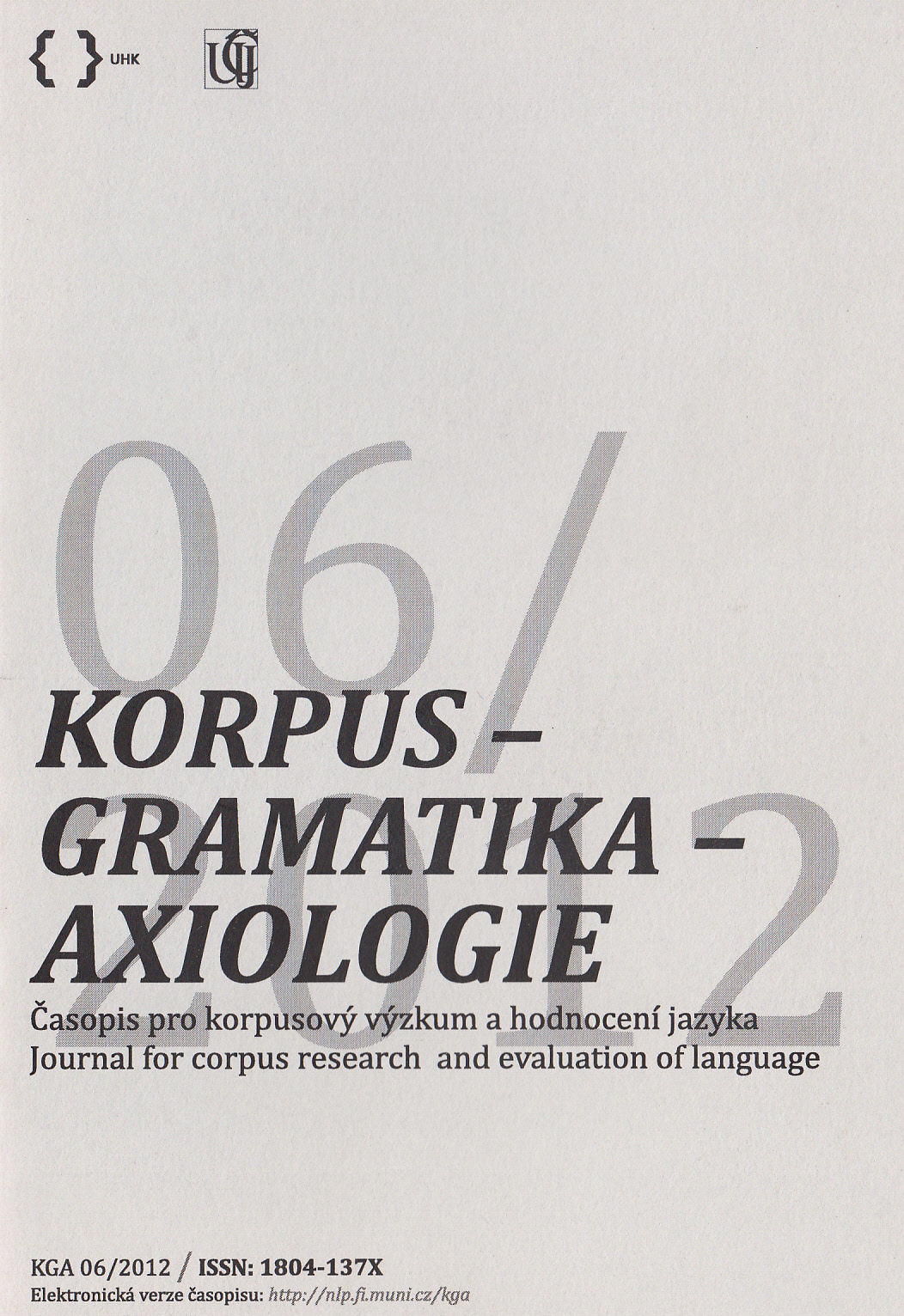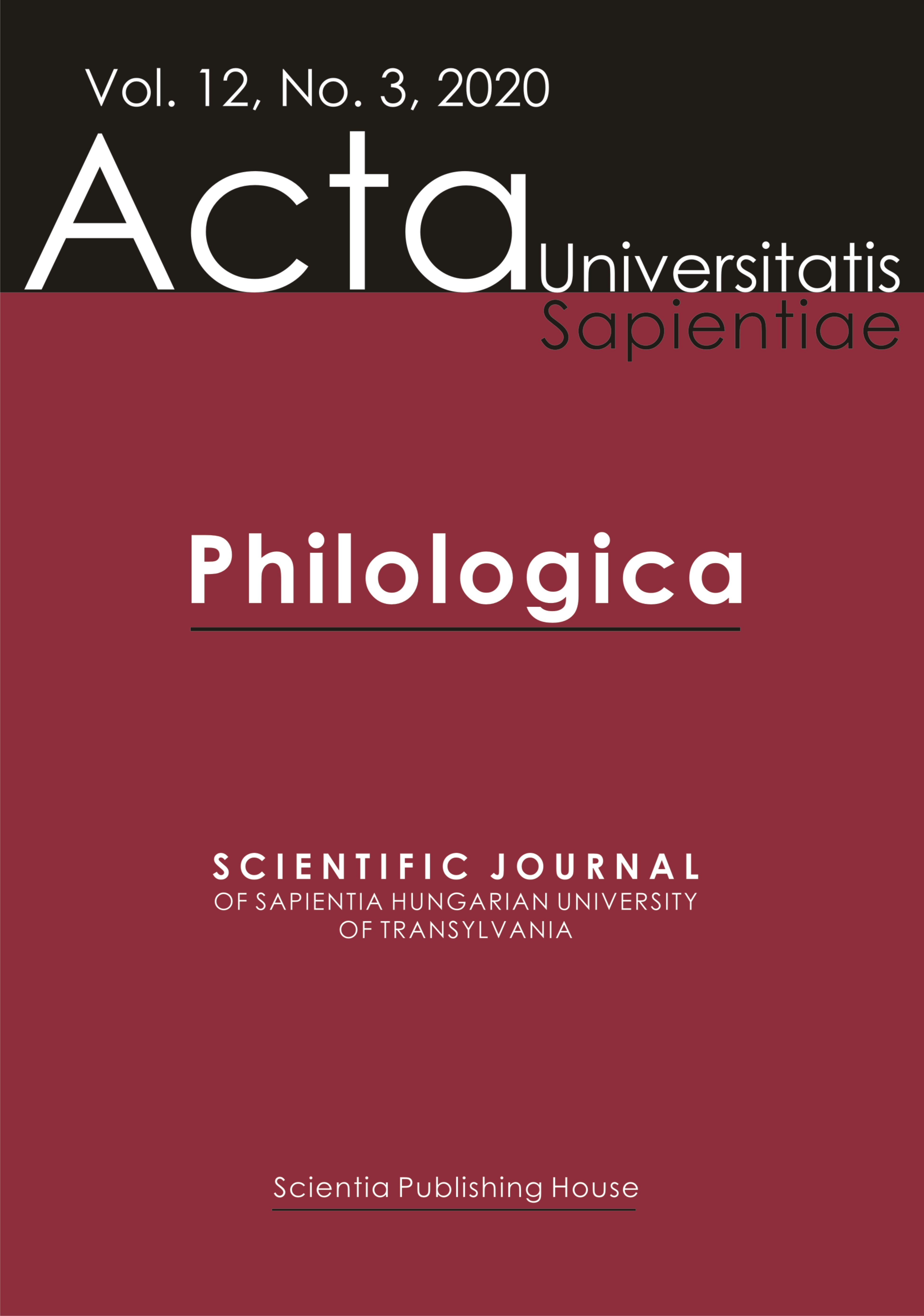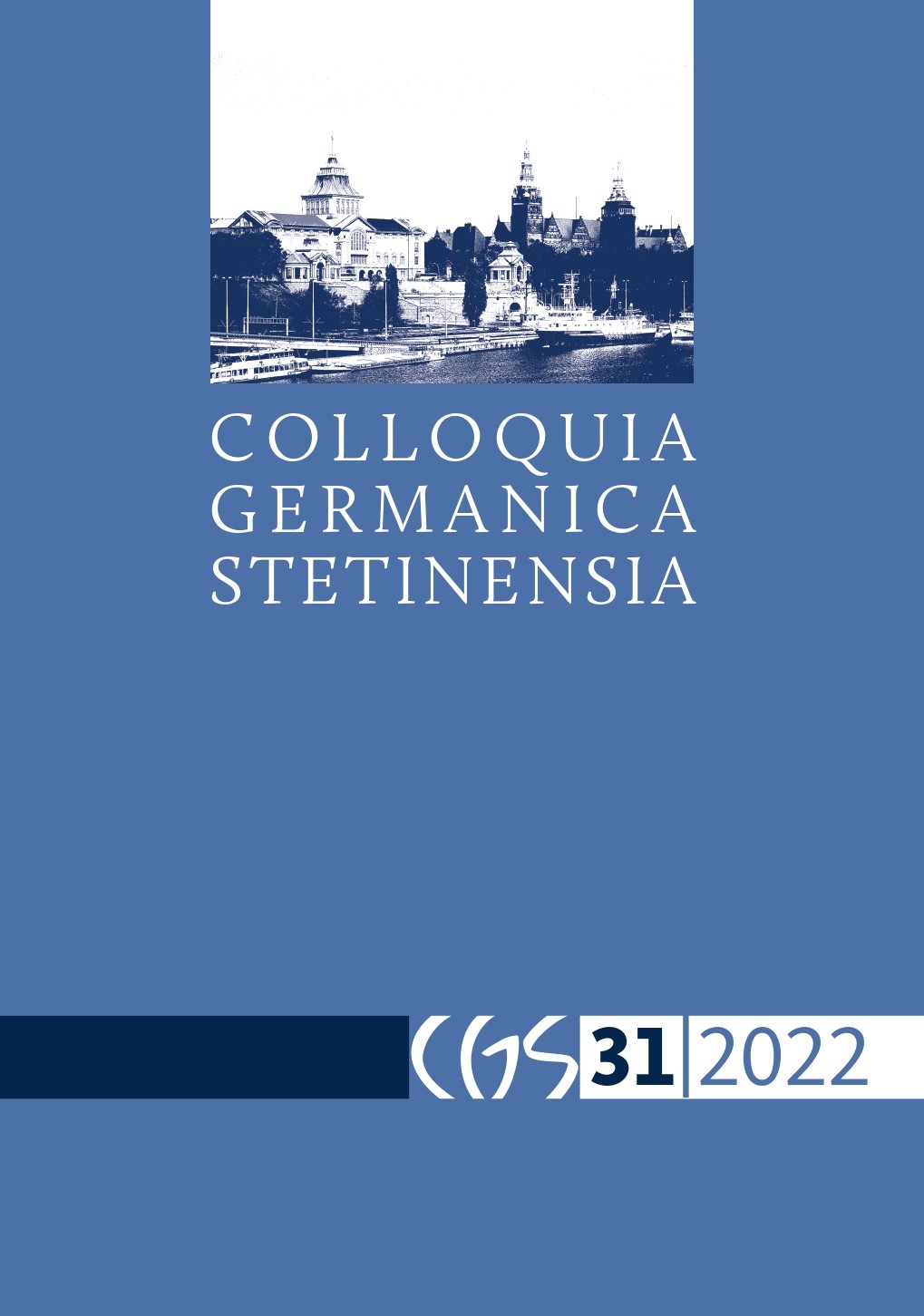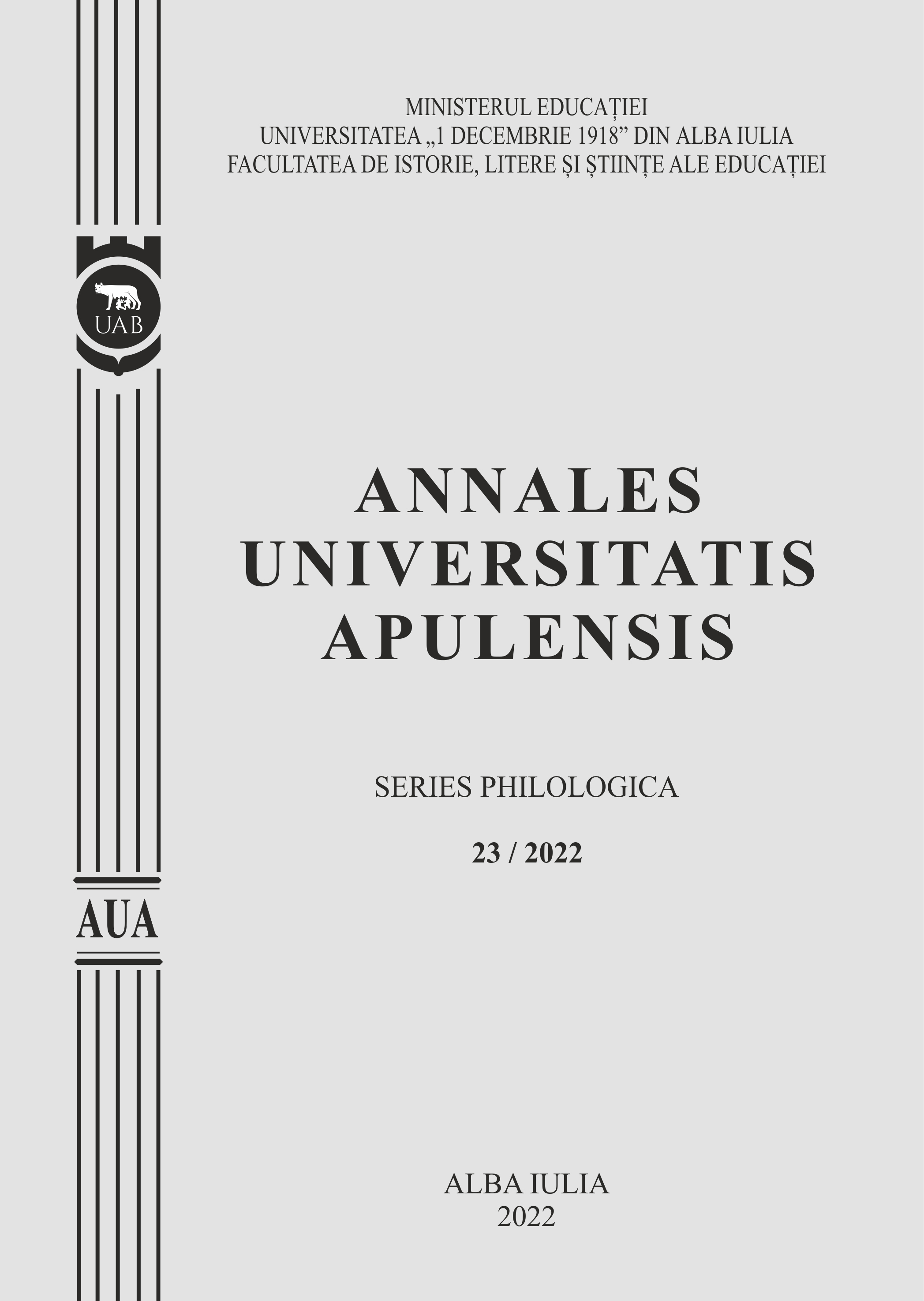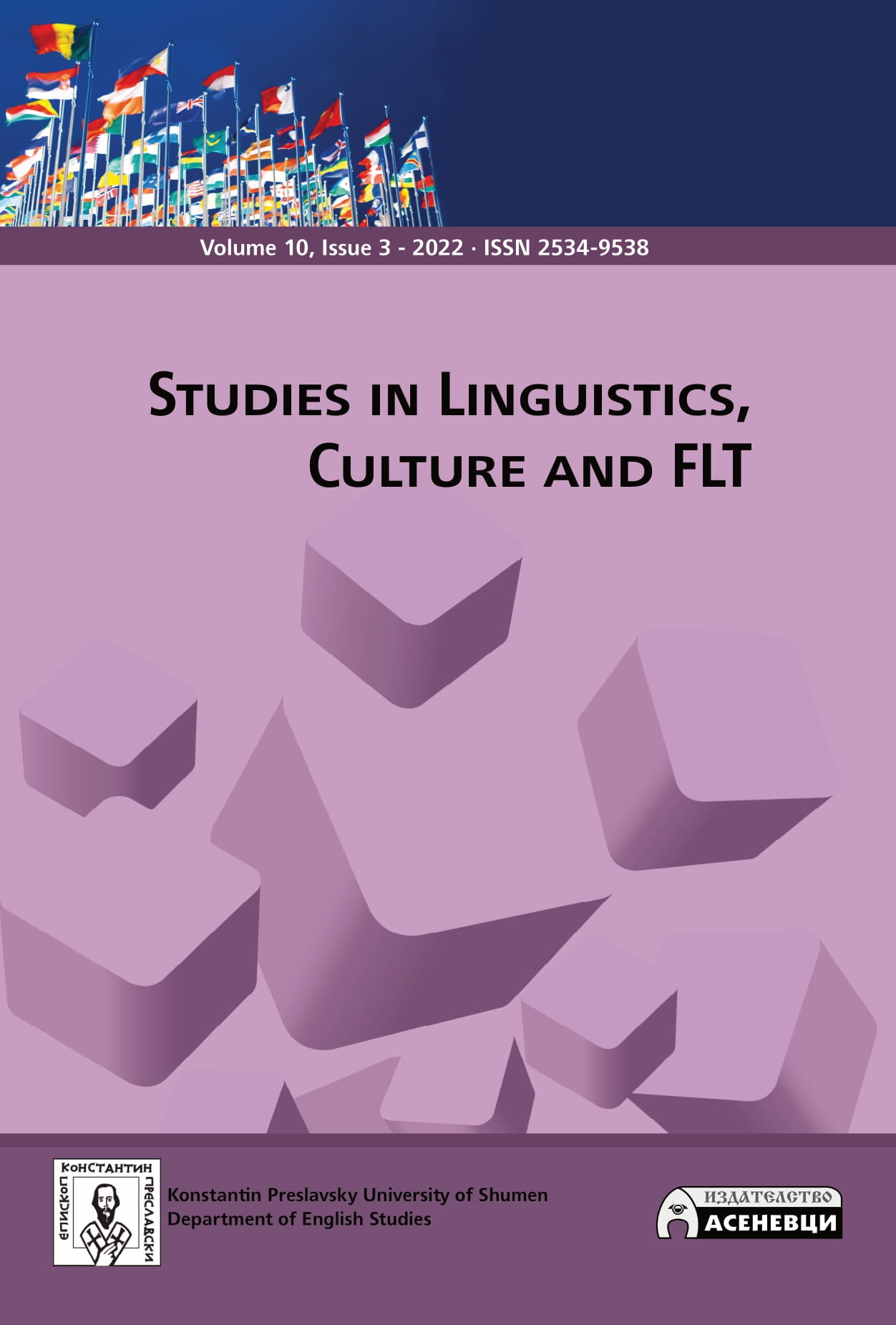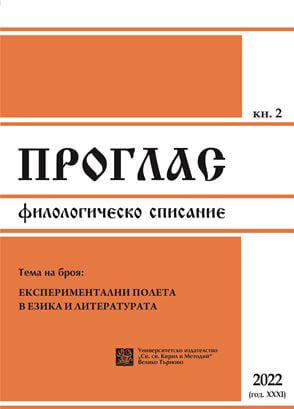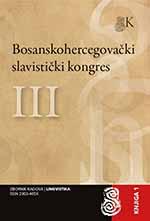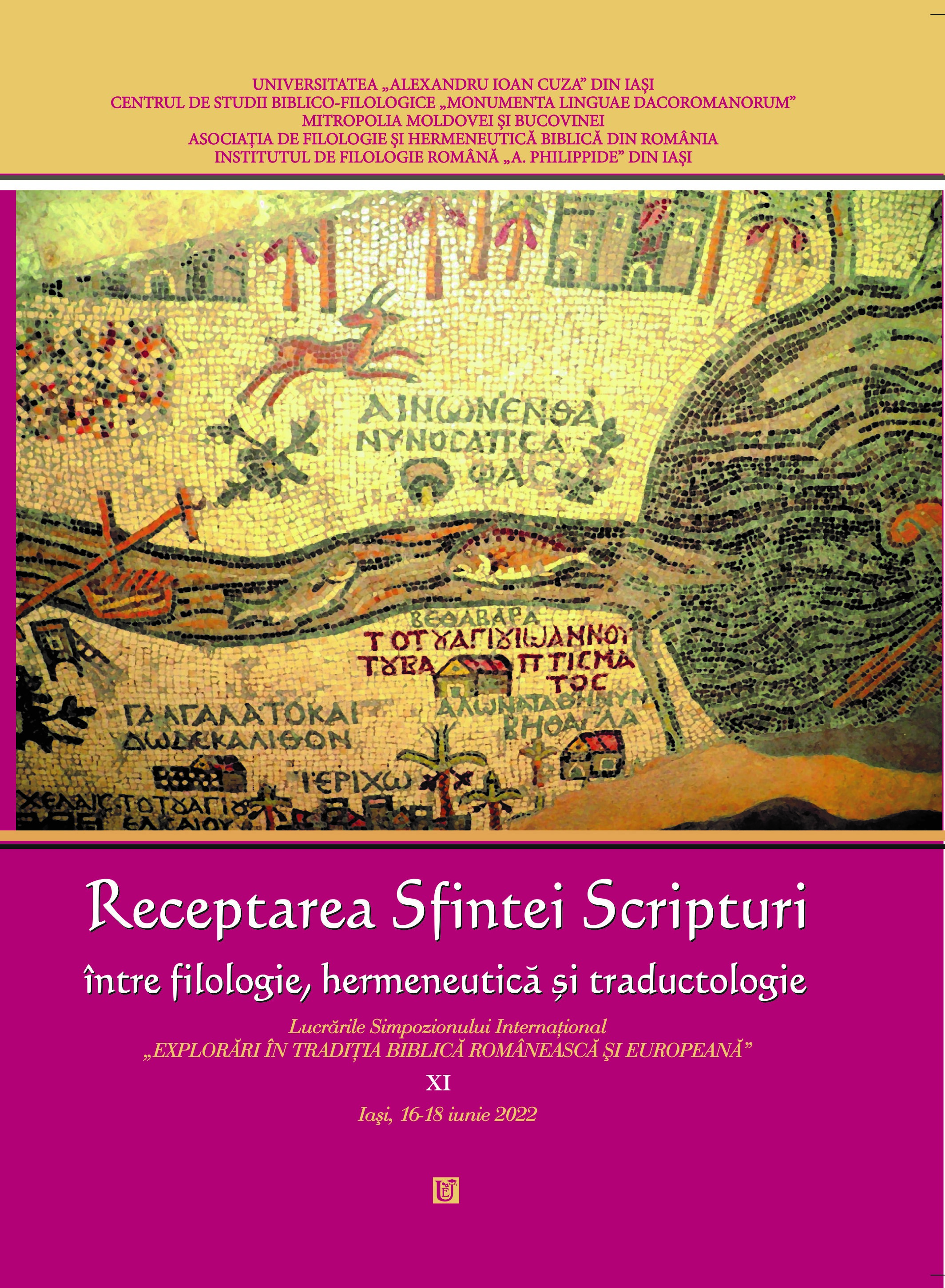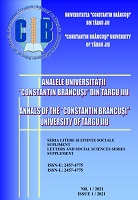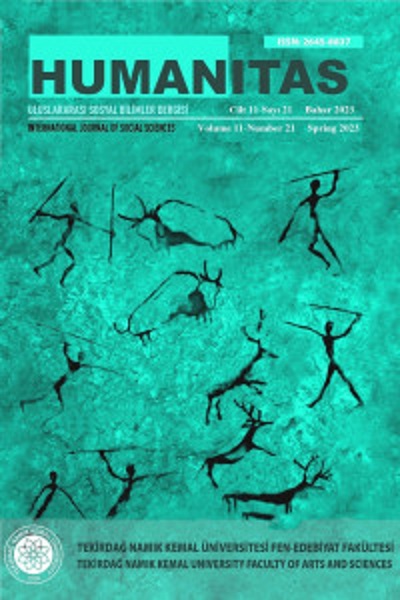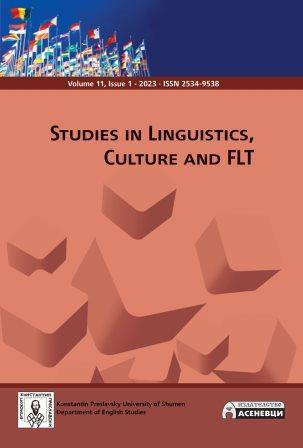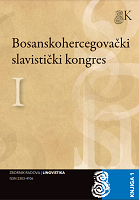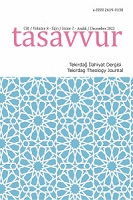Author(s): Mansur TEYFUR / Language(s): Turkish
Issue: 2/2022
It is known that the relationship between word and meaning is one of the most controversial topics of ancient Greek philosophers such as Aristotle, Plato and Indian linguists. In fact, this issue has continued to be discussed with its definition and scope, and opinions about it have been expressed until today. When we review the subject in the Arabic language, we see that Arabic is a rich language with its words and meanings. Also, changes and developments in Arabic, which is a deep-rooted language, has undergone in the historical process have brought changes of meaning in its words. Thus, it can be said that the Arabic language, that includes many branches of linguistics such as morphology, syntax and rhetoric, is also interrelated with semantics, what focuses on the relationship between word and meaning. Although semantics has emerged as a new branch of linguistics, many of today's semantic issues have been discussed in many classical sources and different disciplines, especially in the Arab world. In this study, semantics in general and the emergence of Arabic semantics as a science, its scope, description and its relations with other languages have been investigated. In addition, the works of Ahmed Muhtar Omar (1933-2003) who made great effort especially in the field of Arabic language and the modern Arab world, in the domain of Arabic and his contributions to this field, those include the main issue of this study, have been addressed. The general content of his book "Ilmu'd-dalâla", which includes almost all the topics related to semantics, and the important issues and views those it contains are also mentioned. Besides, presenting important issues in the work, especially Ahmed Muhtar Omar's prominent views and explanations are also mentioned. In the study, prominent works about semantics and Arabic semantics, written from the past to the present, were used. In particular, the life and scientific personality of Ahmed Muhtar has been tried to be presented on the basis of a few works written in the contemporary period.
More...
